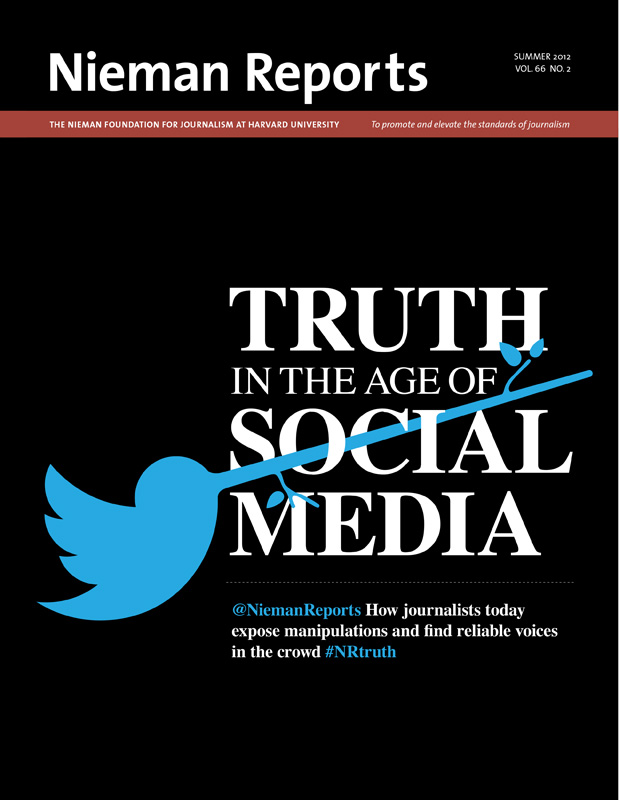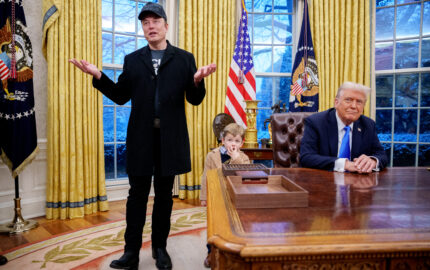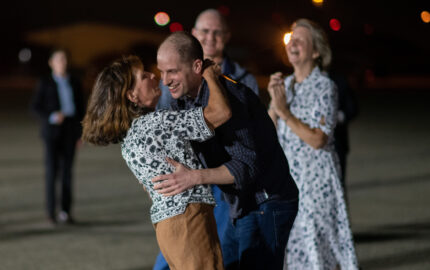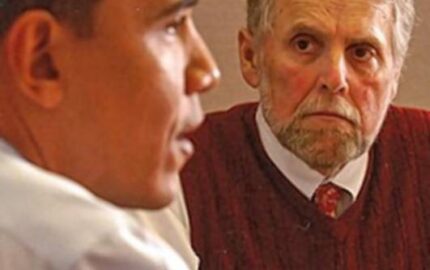
Truth in the Age of Social Media
Verifying information has always been central to the work of journalists. These days the task has taken on a new level of complexity due to the volume of videos, photos, and tweets that journalists face. It’s not only the volume that presents challenges but the sophisticated tools that make it easier than ever to manipulate information. This issue of Nieman Reports looks at how the BBC, the AP, CNN, and other news organizations are addressing questions of truth and verification.
A recent blog post on Mashable explored designer Oliver Reichenstein's suggestions for correcting errors on Twitter. It was illustrated with a quaint piece of art: a photograph of lined writing paper and a red pencil, eraser end down, retracting the word "Error."
"Twitter is celebrated for rapidly distributing breaking news, sometimes reaching vast audiences before that information is reported by the press," wrote Lauren Indvik. "But sometimes that information is inaccurate … and it can be difficult to correct once it's saturated the Twittersphere. So how do you stop a bad tweet from spreading?"
The pairing of the post that posed a simple question and the illustration that offered a simple solution created its own quiet commentary. The journalism of verification and the immediacy enabled by social media can sometimes collide. The hidden hand of an editor methodically confirming or correcting is not a value hardwired into the mobile phone outfitted with Twitter. At the same time, Twitter is among the tools enabling fast and democratic correctives to falsehoods uttered in the public square and part of an arsenal deployed in the emerging field of information forensics. The healthy questions arising from these tensions are the focus of this Summer issue of Nieman Reports.
The evidence of fact inflation and manipulation is not a unique byproduct of social media, as we are reminded in these pages by the timeline documenting journalism's long history of errors and lies. Craig Silverman, who writes the Regret the Error blog, recalls a 19th-century handbook that advised aspiring journalists on the legitimacy of manufacturing non-essential facts in support of the central objective: "to make an interesting story." The advice outlived the century. As a young reporter, I was disappointed to learn that a legendary journalist, while editing a newspaper story written by a friend of mine, had rearranged a source's quote, explaining, "Wouldn't it be better if he said it like this?"
But human obstacles to truth are now aided by increasingly sophisticated co-conspirators. One of the great challenges for reporters and editors is to harness technological tools and put them to work responsibly on behalf of news verification and dissemination. Some tools much older than Twitter—photography, for one—are posing both new possibilities and problems for guardians of verisimilitude. Santiago Lyon, director of photography at The Associated Press, writes about the latest versions of Photoshop having the "ability to make some manipulation virtually undetectable." The software to counteract that is still too slow to satisfy a news organization like Lyon's that transmits some 3,000 images each day.
Linda Greenhouse, a former New York Times reporter who now teaches at Yale Law School, recently spoke in Boston about fairness and the possibility that the symmetrical "he said, she said" journalism can actually undermine the truth. We reprise her remarks not because they directly address the social media challenges central to this issue of Nieman Reports but because she asks the question central to our time: "Why is it just so difficult to make the search for truth the highest journalistic value?"
"Twitter is celebrated for rapidly distributing breaking news, sometimes reaching vast audiences before that information is reported by the press," wrote Lauren Indvik. "But sometimes that information is inaccurate … and it can be difficult to correct once it's saturated the Twittersphere. So how do you stop a bad tweet from spreading?"
The pairing of the post that posed a simple question and the illustration that offered a simple solution created its own quiet commentary. The journalism of verification and the immediacy enabled by social media can sometimes collide. The hidden hand of an editor methodically confirming or correcting is not a value hardwired into the mobile phone outfitted with Twitter. At the same time, Twitter is among the tools enabling fast and democratic correctives to falsehoods uttered in the public square and part of an arsenal deployed in the emerging field of information forensics. The healthy questions arising from these tensions are the focus of this Summer issue of Nieman Reports.
The evidence of fact inflation and manipulation is not a unique byproduct of social media, as we are reminded in these pages by the timeline documenting journalism's long history of errors and lies. Craig Silverman, who writes the Regret the Error blog, recalls a 19th-century handbook that advised aspiring journalists on the legitimacy of manufacturing non-essential facts in support of the central objective: "to make an interesting story." The advice outlived the century. As a young reporter, I was disappointed to learn that a legendary journalist, while editing a newspaper story written by a friend of mine, had rearranged a source's quote, explaining, "Wouldn't it be better if he said it like this?"
But human obstacles to truth are now aided by increasingly sophisticated co-conspirators. One of the great challenges for reporters and editors is to harness technological tools and put them to work responsibly on behalf of news verification and dissemination. Some tools much older than Twitter—photography, for one—are posing both new possibilities and problems for guardians of verisimilitude. Santiago Lyon, director of photography at The Associated Press, writes about the latest versions of Photoshop having the "ability to make some manipulation virtually undetectable." The software to counteract that is still too slow to satisfy a news organization like Lyon's that transmits some 3,000 images each day.
Linda Greenhouse, a former New York Times reporter who now teaches at Yale Law School, recently spoke in Boston about fairness and the possibility that the symmetrical "he said, she said" journalism can actually undermine the truth. We reprise her remarks not because they directly address the social media challenges central to this issue of Nieman Reports but because she asks the question central to our time: "Why is it just so difficult to make the search for truth the highest journalistic value?"


